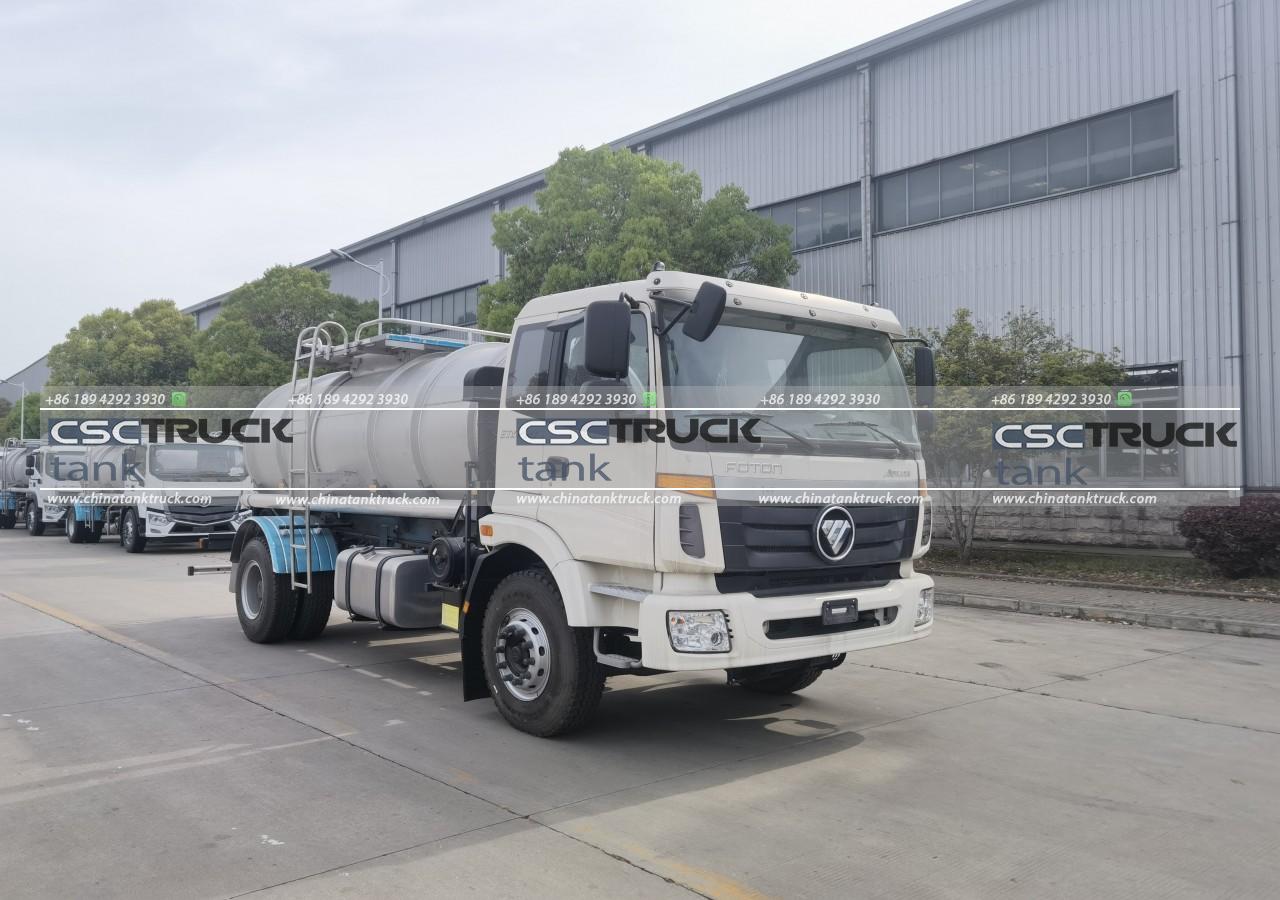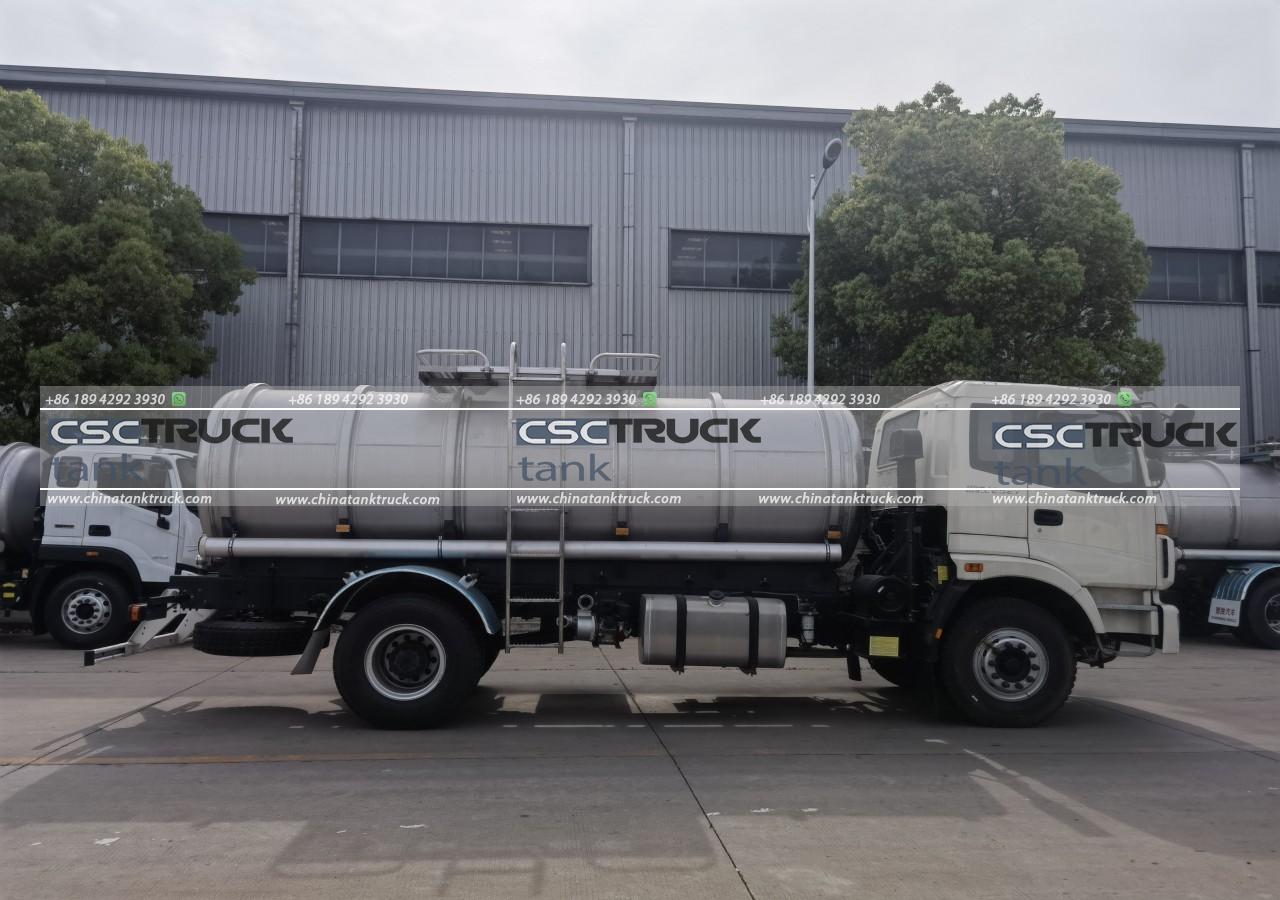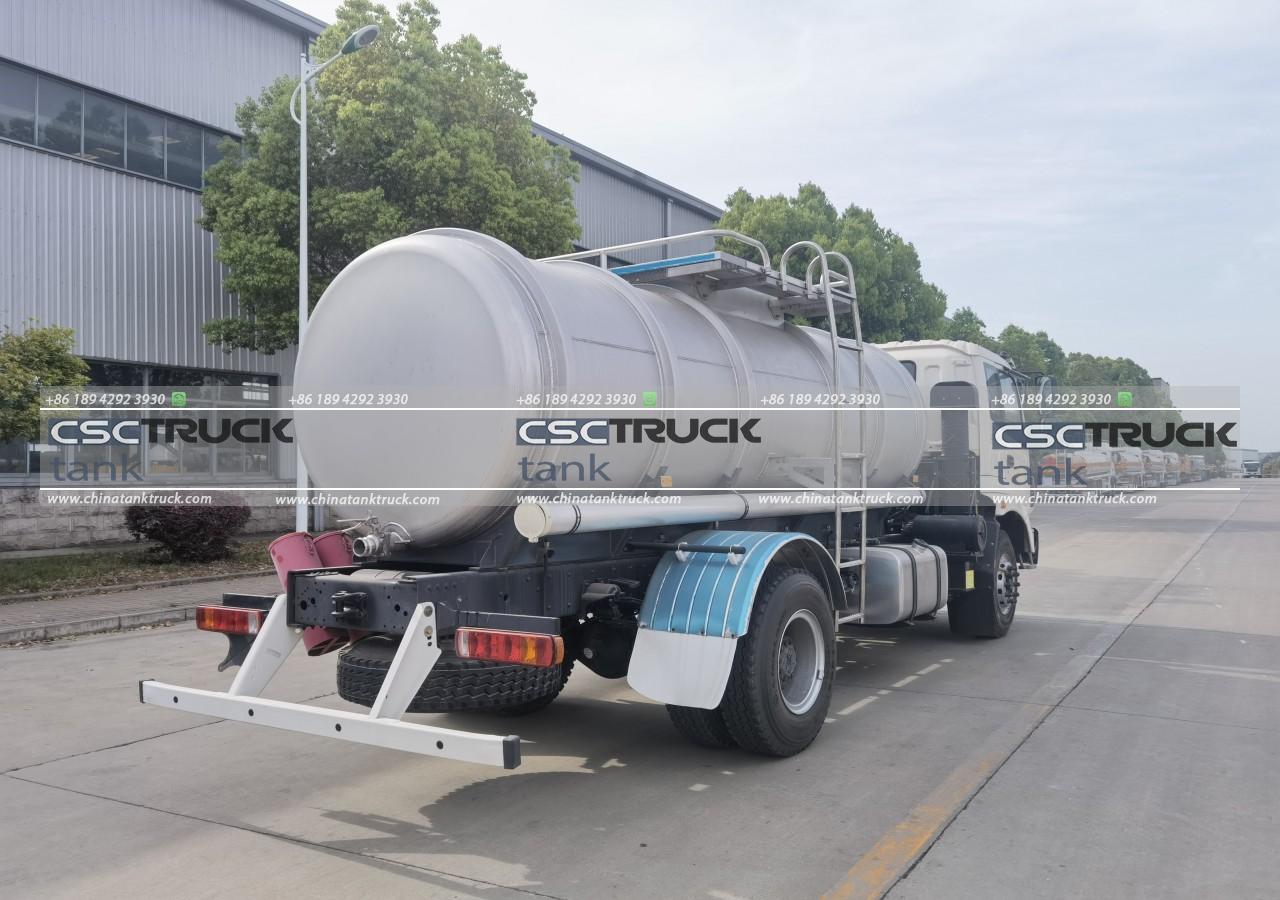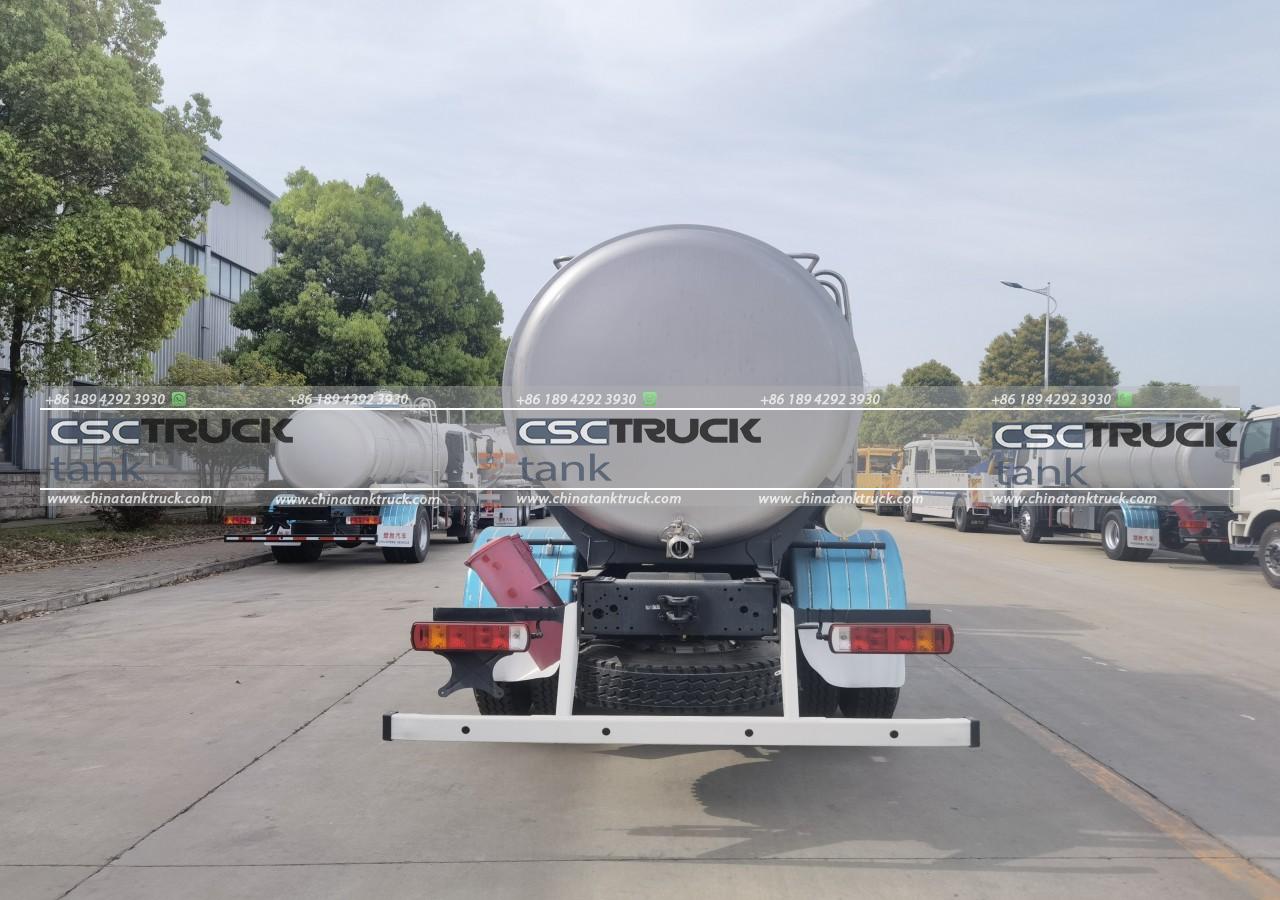What is a Water Tank also Known As?
When discussing water storage systems, the term “water tank” often comes up, but this common phrase is just one of many names used to describe vessels designed for holding water. Water tanks have been used for centuries, evolving in terms of materials, design, and purpose. Today, they are not only essential in everyday life for domestic use but also vital in industrial, agricultural, and emergency settings. Let’s explore the various synonyms, alternative names, and types of water tanks, as well as the purposes they serve across different contexts.
1. Alternative Names for Water Tanks
Water tanks are widely known by different names, influenced by their design, material, location, and specific purpose. Here are some of the common alternatives:
– Cistern: Often associated with underground water storage, cisterns are typically used for storing rainwater or for emergency drinking water supplies. The term “cistern” is more commonly used in Europe and areas where rainwater harvesting is widespread.
– Reservoir: While a reservoir can refer to a large natural or artificial lake for water storage, smaller man-made containers are sometimes called reservoirs, especially if they are connected to a network that supplies water to various areas.
– Water Storage Tank: This term is simply a longer version of “water tank,” emphasizing its primary function of storage. It is often used to differentiate between tanks used for holding drinking water versus other substances.
– Holding Tank: Common in the waste management and sanitation fields, this term usually refers to temporary storage for water or wastewater, often used in off-grid or mobile setups, such as RVs or boats.
– Sump Tank: Generally used in plumbing and engineering contexts, a sump tank is often placed at the lowest part of a building to collect and store excess water or wastewater before it is pumped out.
– Container or Vessel: While less specific, these general terms can refer to any large receptacle that holds water, especially in industrial or agricultural settings.

2. Types of Water Tanks and Their Special Names
Water tanks come in a variety of shapes, materials, and designs to suit specific uses. These specific types often come with their names, which highlight their distinctive features and functionalities.
– Overhead Tanks: Typically installed on rooftops or elevated structures, overhead tanks rely on gravity to distribute water and are commonly used in residential and commercial buildings. These are especially popular in areas without a centralized water supply system.
– Ground-Level Tanks: As the name suggests, these tanks are placed at ground level and are often larger than overhead tanks. They are used in both urban and rural settings, for applications ranging from firefighting reserves to irrigation.
– Underground Cisterns: Underground cisterns are primarily used for rainwater harvesting and are known for their ability to maintain cool water temperatures, which is crucial for preventing bacterial growth. These tanks are often constructed from concrete, fiberglass, or plastic.
– Bladder Tanks: Bladder tanks, also called pillow tanks, are flexible, foldable water containers that can be easily transported when empty. They are widely used in emergency relief situations, remote construction sites, and military operations.
– Elevated Storage Tanks (ESTs): Elevated storage tanks, also known as water towers, are designed to provide sufficient water pressure to surrounding areas without the need for additional pumping. These tanks are often part of a city’s infrastructure and are positioned at considerable heights.
– Fire Suppression Tanks: Often referred to as fire water tanks or simply fire tanks, these are specifically designed to store water for firefighting purposes. They are typically found in industrial areas, near large residential buildings, and in forested regions prone to wildfires.
3. Material-Based Water Tank Names
The materials used in constructing water tanks play a significant role in defining their names and applications. Different materials provide specific benefits, including durability, cost-effectiveness, and resistance to environmental factors.
– Steel Tanks: Often referred to as galvanized tanks or stainless-steel tanks, these are known for their durability and corrosion resistance, making them ideal for industrial use. They are also commonly used in urban infrastructure for water storage.
– Concrete Tanks: Also called cement tanks, concrete water tanks are durable and are commonly used for both above-ground and underground applications, including large-scale water storage.
– Polyethylene Tanks: Known as plastic tanks or poly tanks, these are lightweight, cost-effective, and easy to install. They are widely used in residential areas for rainwater harvesting.
– Fiberglass Tanks: Sometimes referred to as fiberglass reinforced plastic (FRP) tanks, these are known for their lightweight properties and are resistant to corrosion, making them popular for chemical storage as well.
– Wooden Tanks: Wooden water tanks, often referred to as timber tanks or Redwood tanks, were popular in the past but are now mostly used for decorative or nostalgic purposes. They can still be found in certain rural or heritage areas.

4. Water Tanks by Functionality
Water tanks serve various functions, and depending on their application, they may be referred to by specific names that reflect their intended use:
– Potable Water Tanks: These are tanks used specifically for storing drinking water. Potable water tanks must meet certain safety standards to ensure the water remains safe for human consumption.
– Rainwater Harvesting Tanks: Often called rainwater collection tanks or harvesting tanks, these are specifically designed for collecting and storing rainwater from rooftops and other surfaces.
– Septic Tanks: Used for wastewater storage, septic tanks are often a part of on-site sanitation systems, especially in rural areas without access to centralized sewage systems.
– Agricultural Tanks: Sometimes known as farm tanks, these tanks are designed for storing water that will be used for irrigation or livestock watering. They can be quite large and are often located near crops or pastures.
– Gray Water Tanks: Gray water tanks store used water from sinks, showers, and laundry. This water can be reused for irrigation or toilet flushing, making it a popular component of sustainable water systems.
5. Regional Names and Cultural Variants
The terms used for water tanks can vary based on regional preferences and cultural practices:
– In the United Kingdom, water storage containers might be referred to as “cisterns,” particularly in older homes where rainwater harvesting is common.
– In Australia, “rainwater tanks” are widely used and installed in homes to collect and store rainwater, especially in regions prone to drought.
– In India, “Sintex tanks” became synonymous with plastic water tanks due to the brand’s popularity, even if the tanks are from different manufacturers.

6. Significance of Water Tanks in Modern Life
Water tanks play an indispensable role in the modern world. With climate change driving the need for sustainable water use, rainwater tanks and gray water systems are becoming standard in green architecture. Additionally, water tanks help in disaster preparedness, agricultural stability, and fire safety, proving that their role goes beyond simple storage.
The variety of terms and names associated with water tanks reflects the versatility and adaptability of these systems in diverse environments. From traditional wooden cisterns to modern polyethylene rainwater tanks, water storage technology continues to evolve to meet the demands of a growing and environmentally-conscious world.
Conclusion
Whether they are called cisterns, reservoirs, or storage vessels, water tanks remain essential. Each name or type carries with it a unique purpose, context, and history. Understanding these terms enriches our appreciation for these often-overlooked structures that ensure water access and security. As technology and needs continue to evolve, so too will the design and terminology associated with water tanks, shaping how they serve society well into the future.


